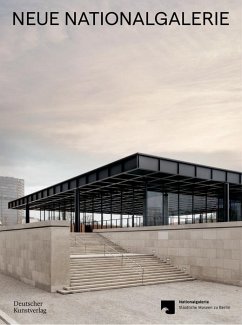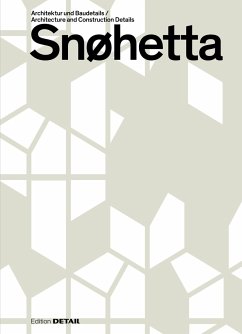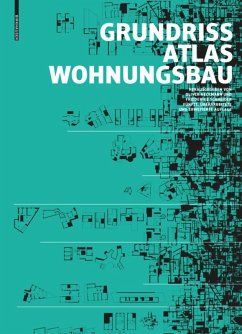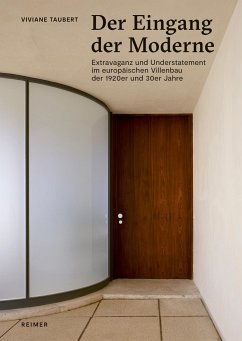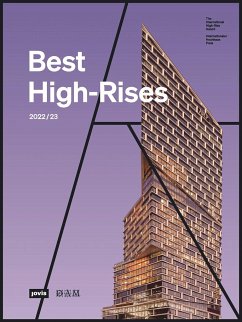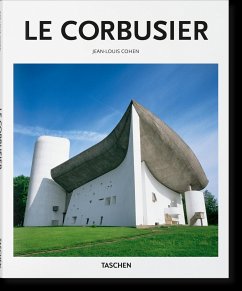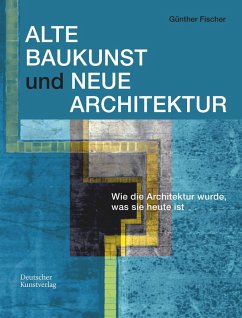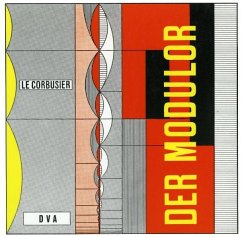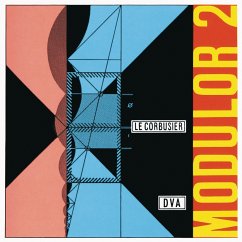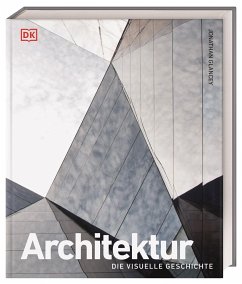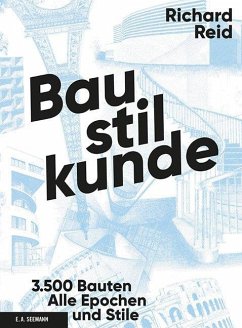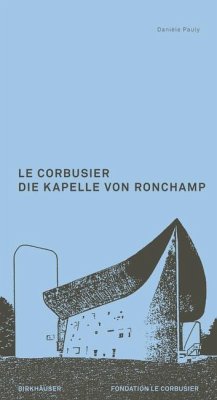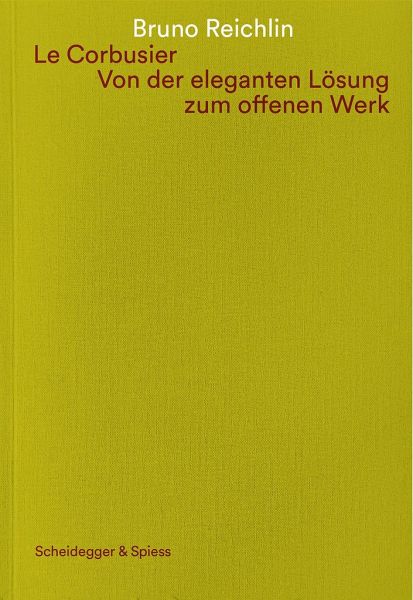
Le Corbusier. Von der eleganten Lösung zum offenen Werk
Schriften über Architektur
Herausgegeben: Dumont D'Ayot, Catherine; Viati Navone, Annalisa
Versandkostenfrei!
Sofort lieferbar
48,00 €
inkl. MwSt.

PAYBACK Punkte
0 °P sammeln!
Bruno Reichlin gehört zu den wichtigsten Architekturtheoretikern des 20. Jahrhunderts. In seiner Beschäftigung mit Schlüsselwerken von Le Corbusier fasst er sowohl das Wesen des Bauwerks als auch dessen theoretische Untermauerung in den Blick. Das Verständnis dafür, wie sich Zeichen und Symbole in Bauwerken manifestieren, und ein breiter Referenzrahmen - von der Literatur über den Film bis zur bildenden Kunst- zeichnen Reichlins Texte und seine Architekturpraxis aus.Dieses Buch vereint dreizehn Essays zum Werk von Le Corbusier, die Reichlin während rund vierzig Jahren verfasst hat. Anha...
Bruno Reichlin gehört zu den wichtigsten Architekturtheoretikern des 20. Jahrhunderts. In seiner Beschäftigung mit Schlüsselwerken von Le Corbusier fasst er sowohl das Wesen des Bauwerks als auch dessen theoretische Untermauerung in den Blick. Das Verständnis dafür, wie sich Zeichen und Symbole in Bauwerken manifestieren, und ein breiter Referenzrahmen - von der Literatur über den Film bis zur bildenden Kunst- zeichnen Reichlins Texte und seine Architekturpraxis aus.
Dieses Buch vereint dreizehn Essays zum Werk von Le Corbusier, die Reichlin während rund vierzig Jahren verfasst hat. Anhand von Bauten wie der Villa La Roche, dem Carpenter Center, der Petite Maison und den Villen Savoye und Mandrot sowie dem Projekt für das Krankenhaus in Venedig werden zahlreiche Facetten der Kreativität Le Corbusiers in ihrem Prinzip und in ihrer Umsetzung in den Gebäuden erforscht. Ein umfangreicher Bestand an historischen Materialien wie auch eigens für die Essays angefertigte analytische Diagramme begleiten die Texte.
Dieses Buch vereint dreizehn Essays zum Werk von Le Corbusier, die Reichlin während rund vierzig Jahren verfasst hat. Anhand von Bauten wie der Villa La Roche, dem Carpenter Center, der Petite Maison und den Villen Savoye und Mandrot sowie dem Projekt für das Krankenhaus in Venedig werden zahlreiche Facetten der Kreativität Le Corbusiers in ihrem Prinzip und in ihrer Umsetzung in den Gebäuden erforscht. Ein umfangreicher Bestand an historischen Materialien wie auch eigens für die Essays angefertigte analytische Diagramme begleiten die Texte.



